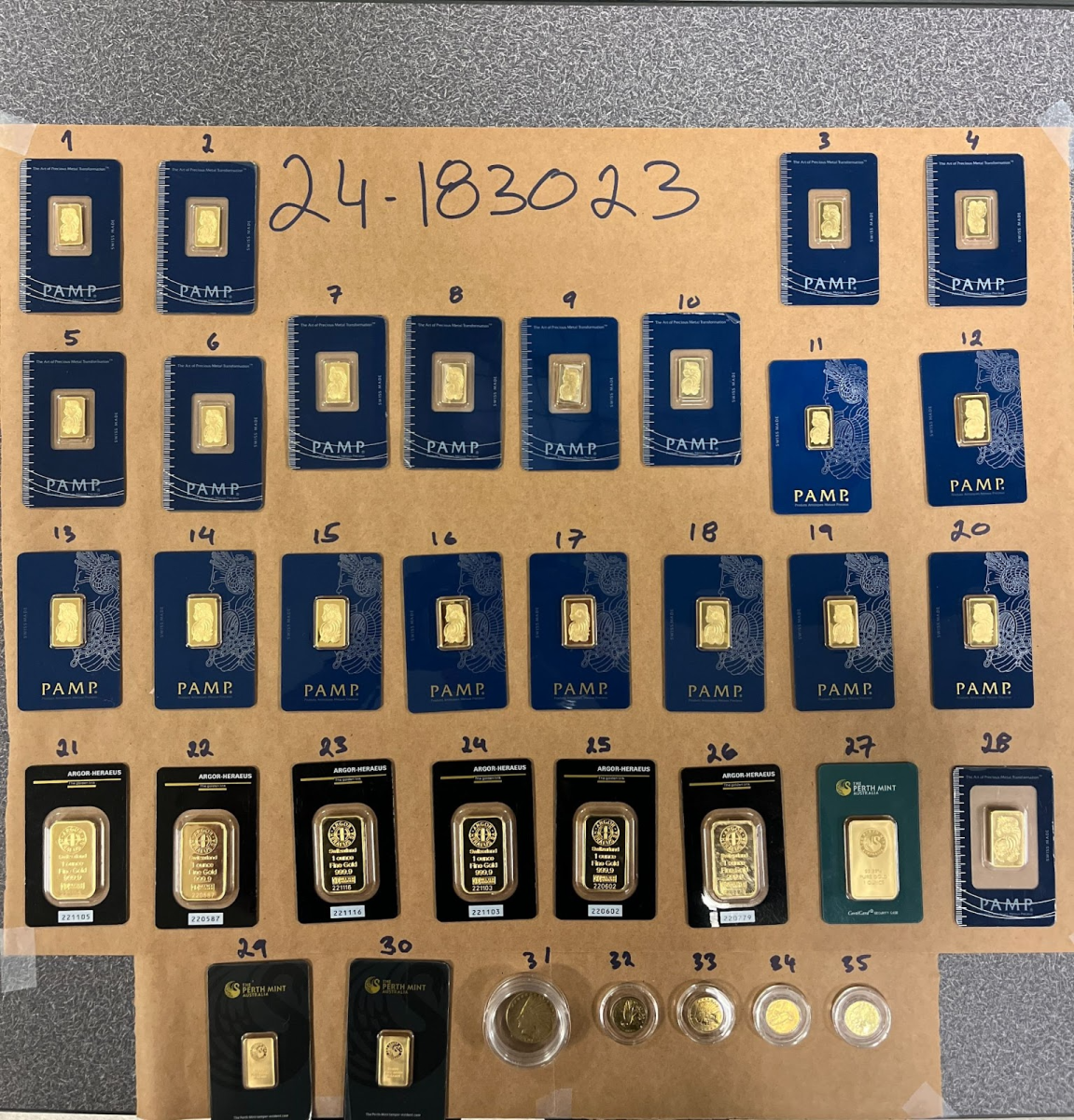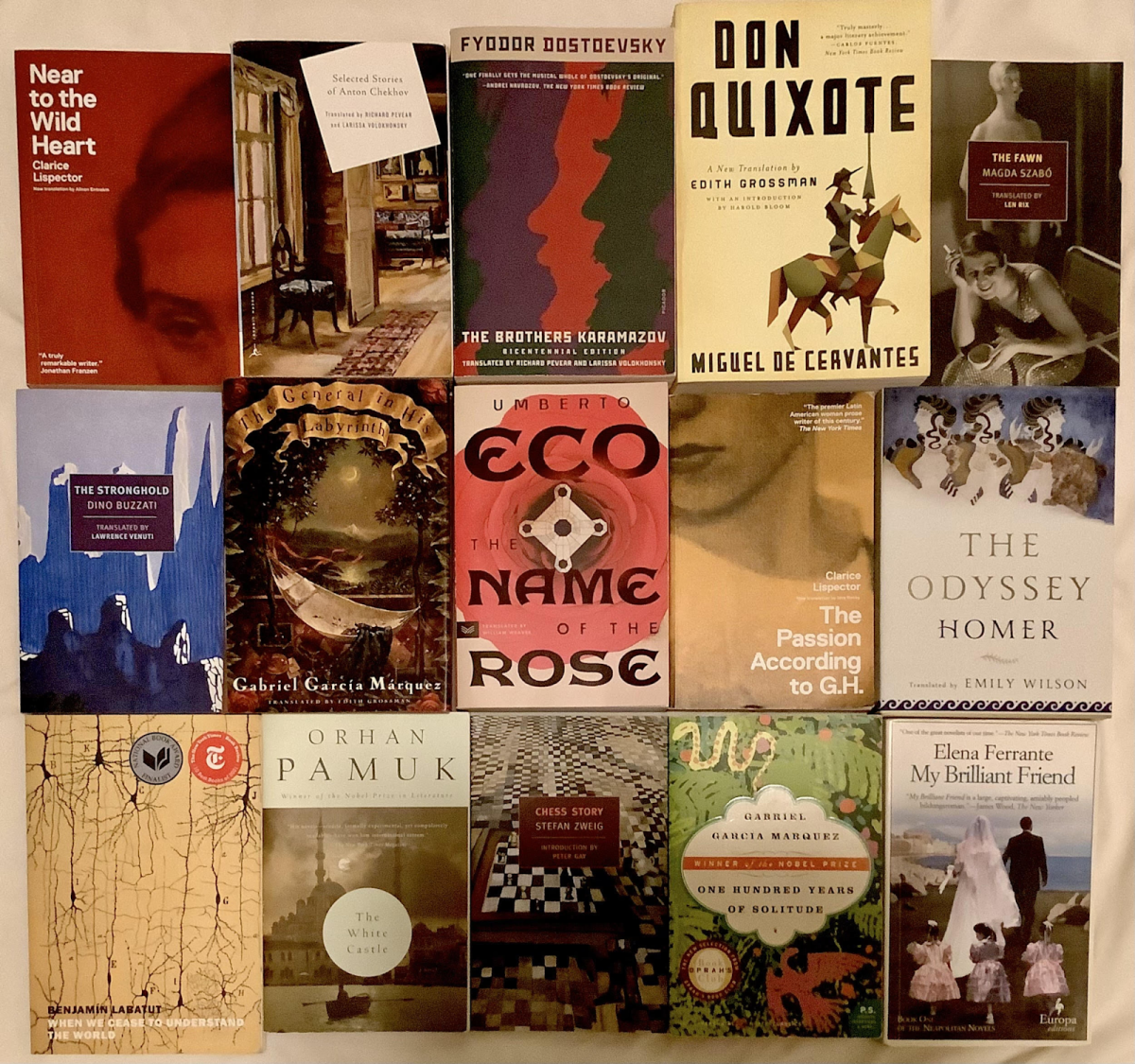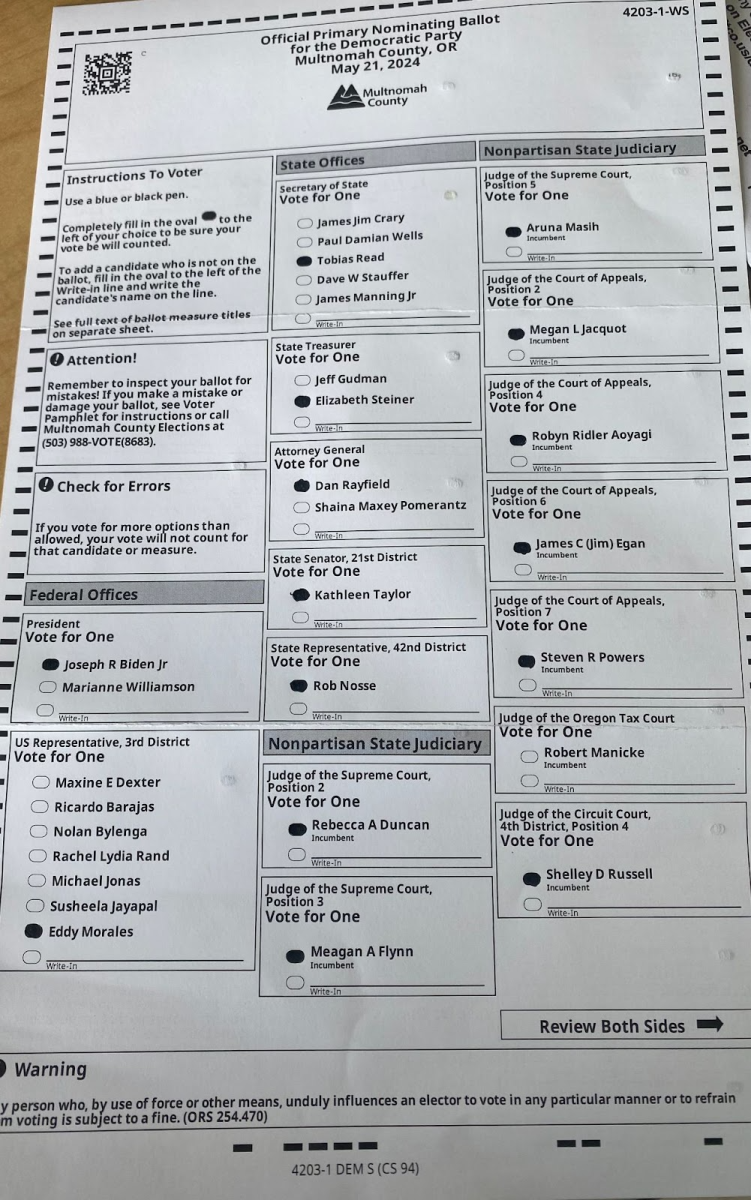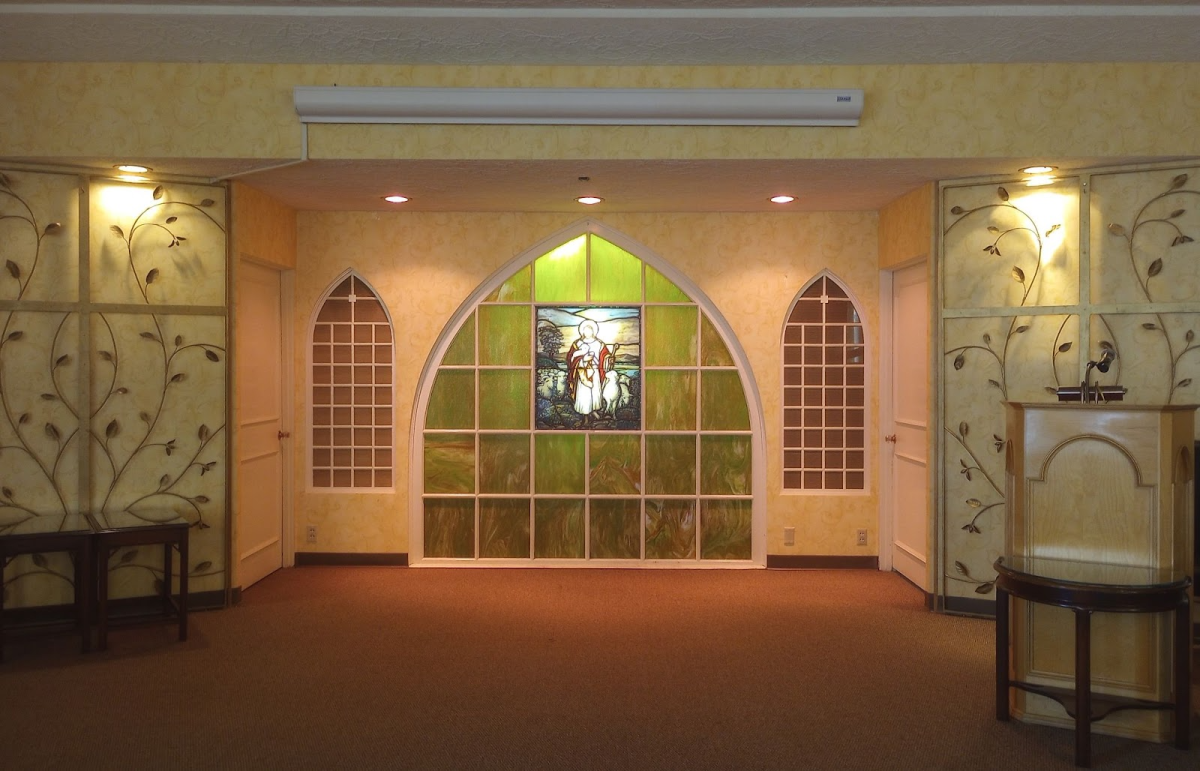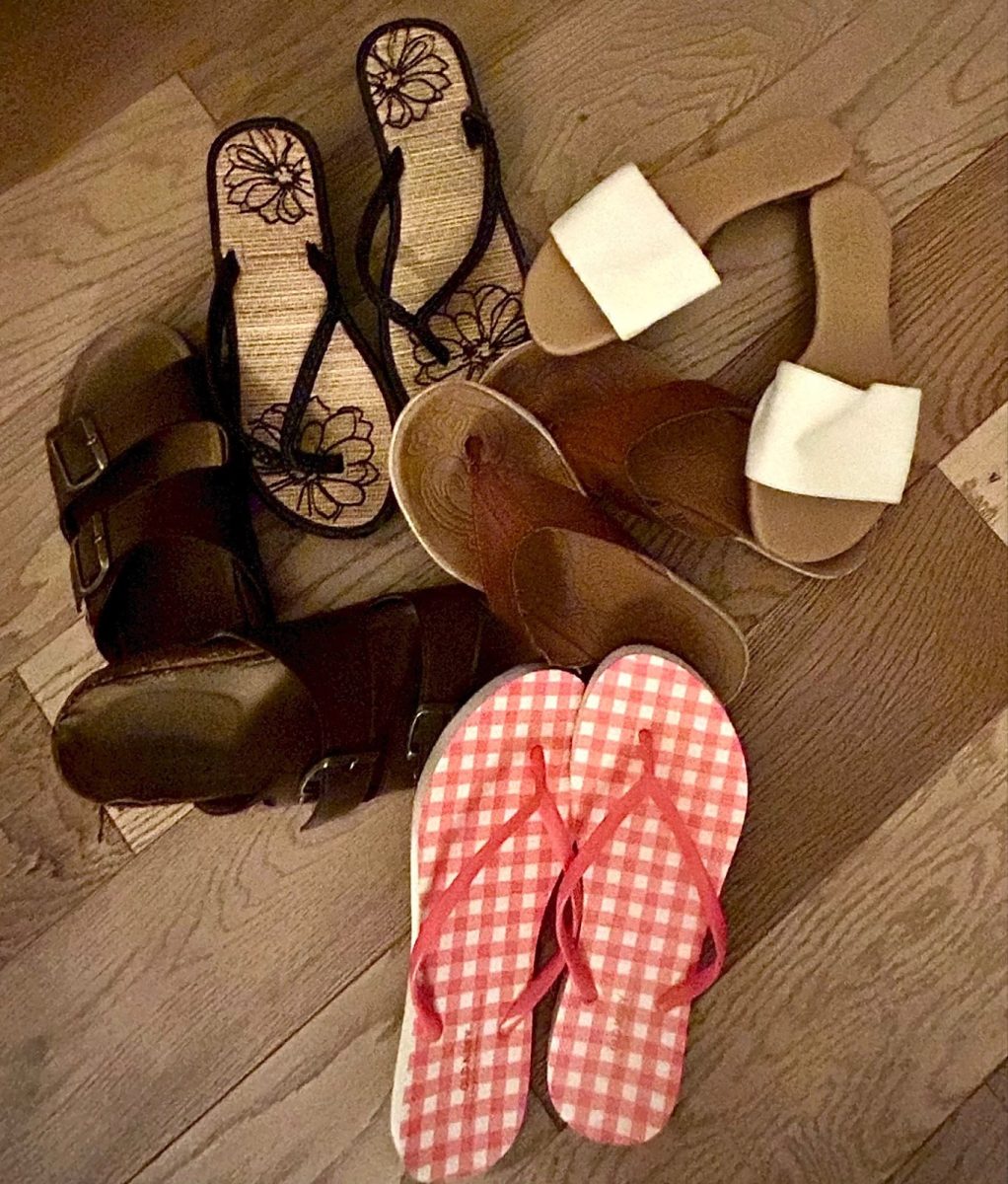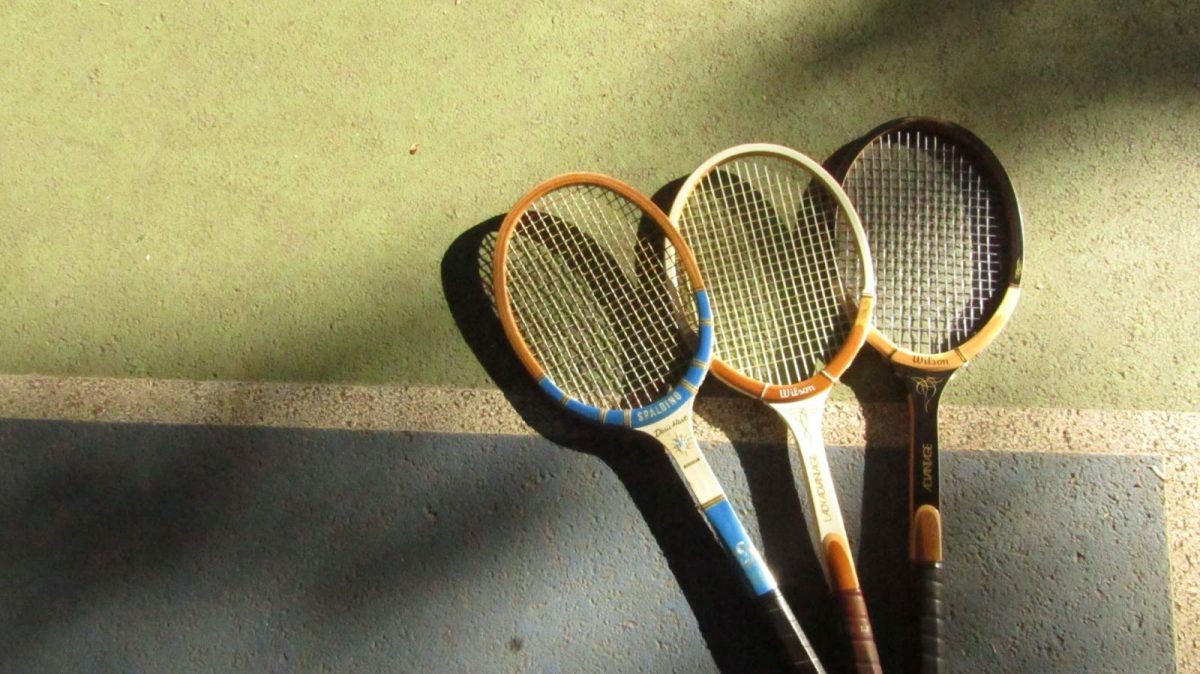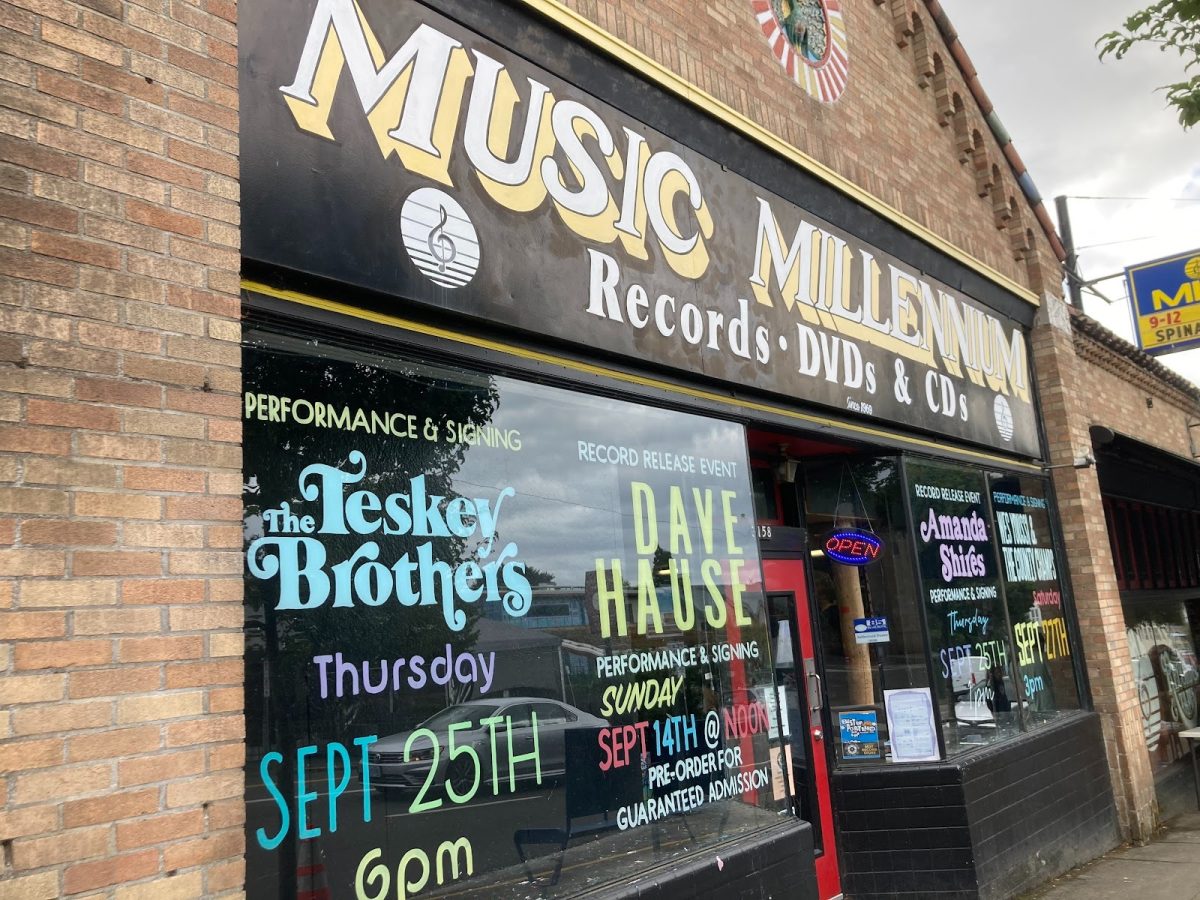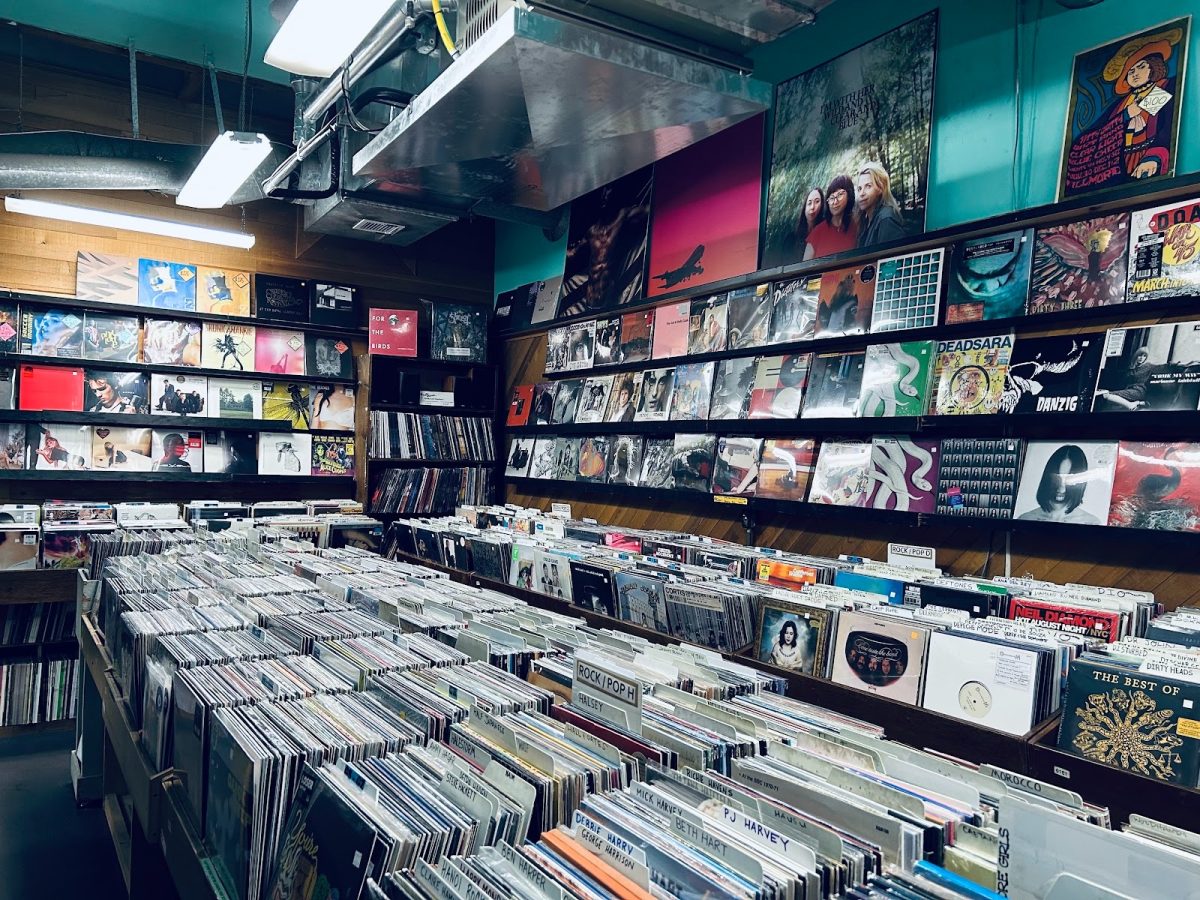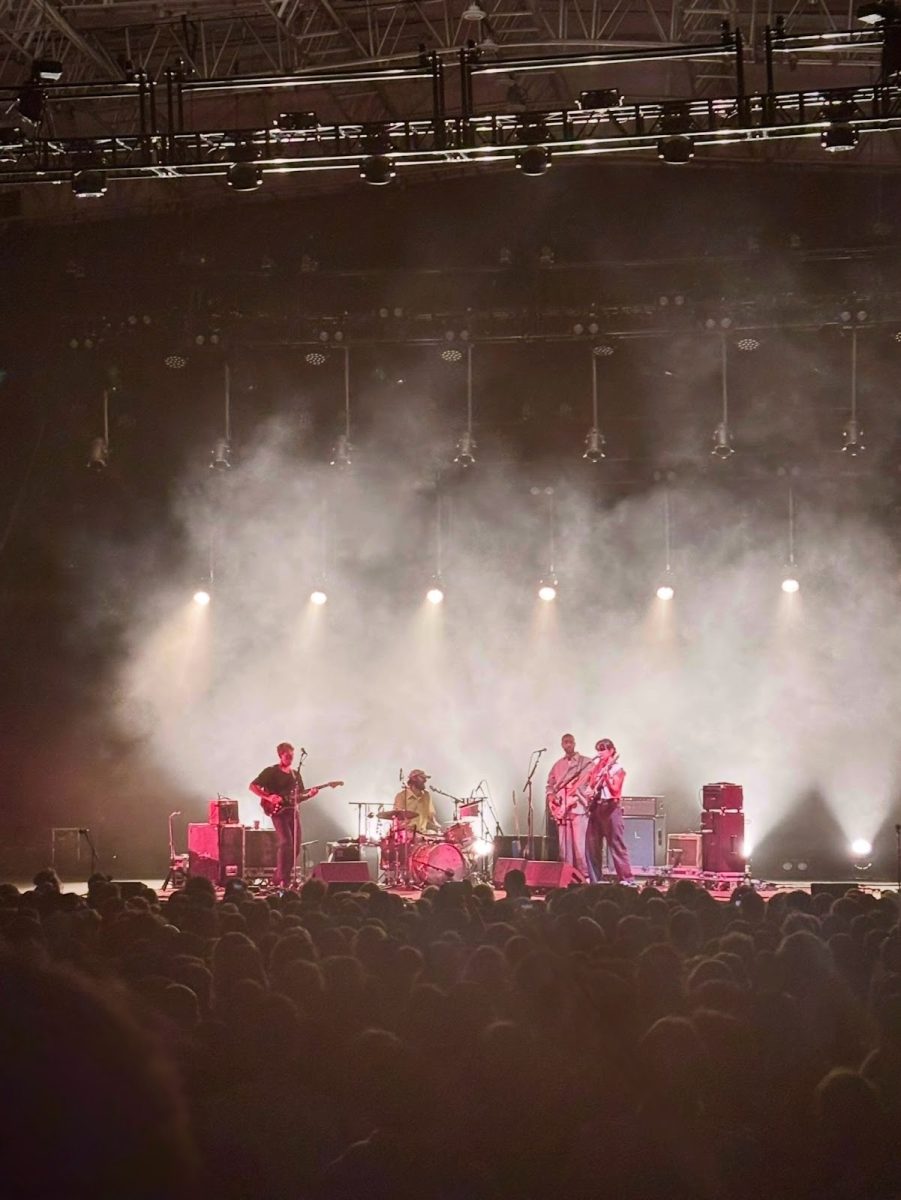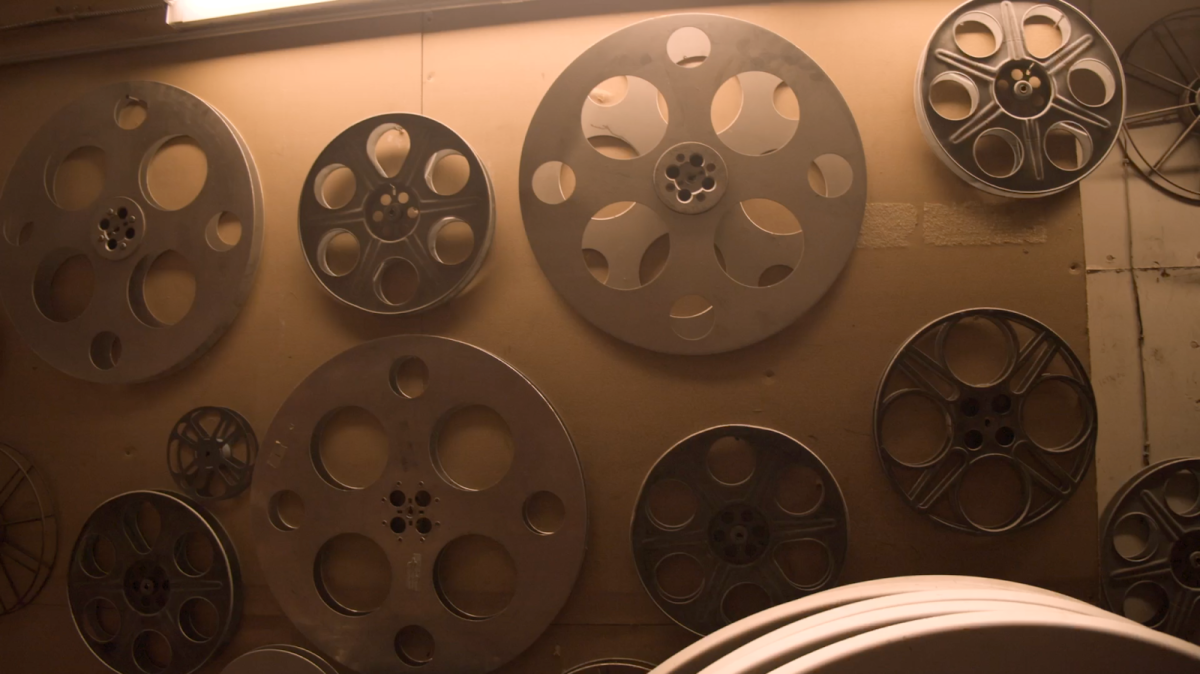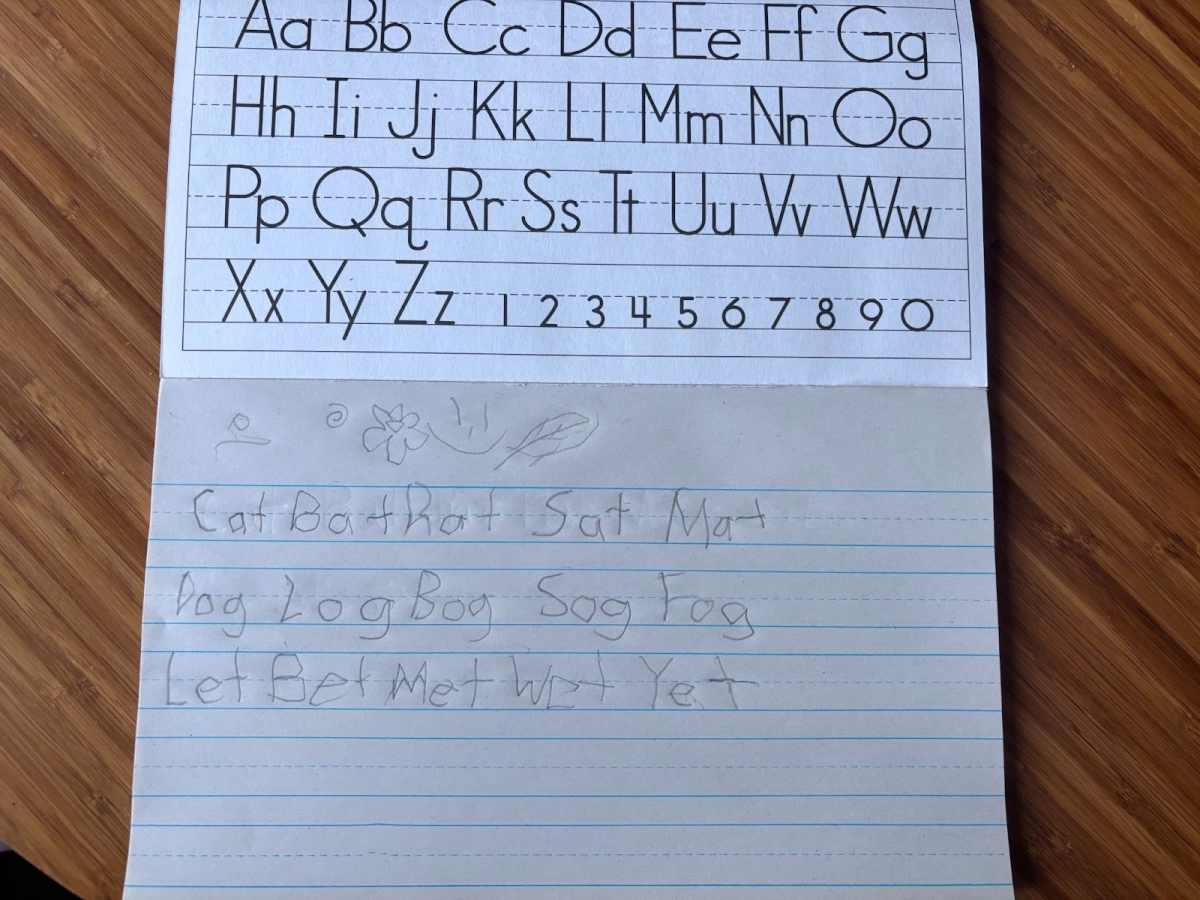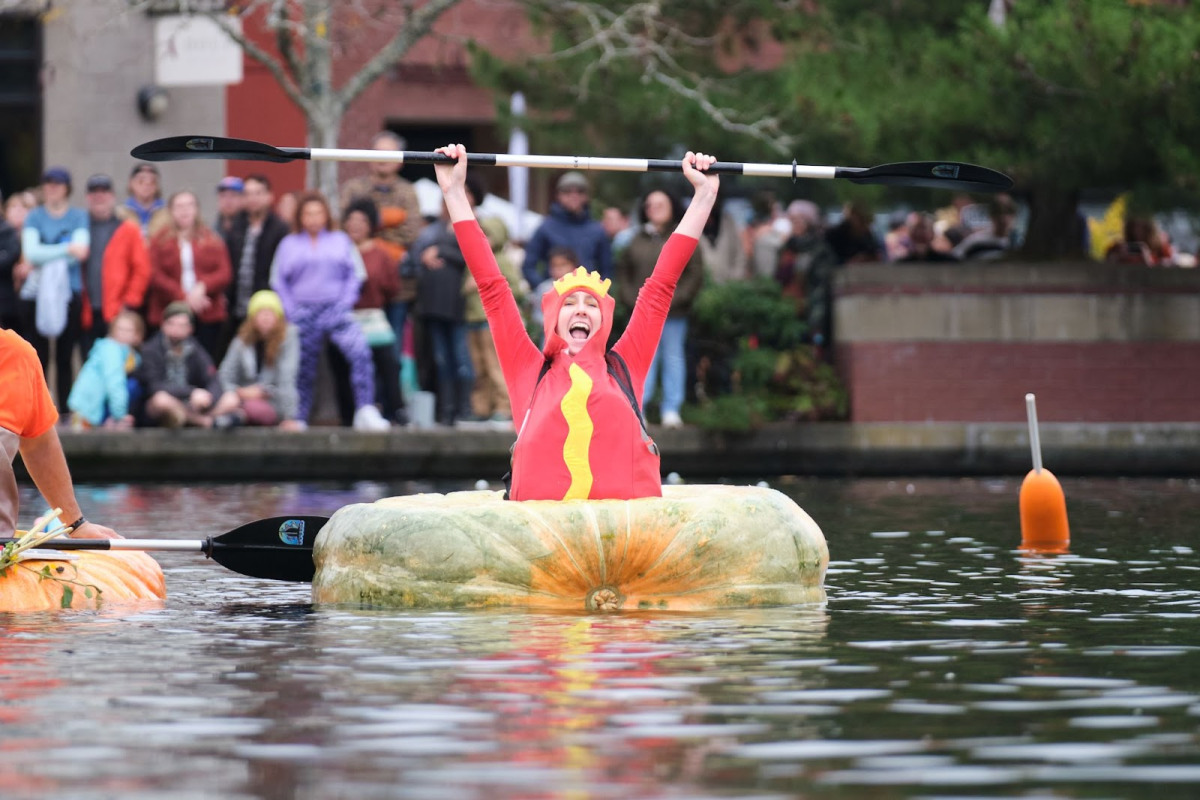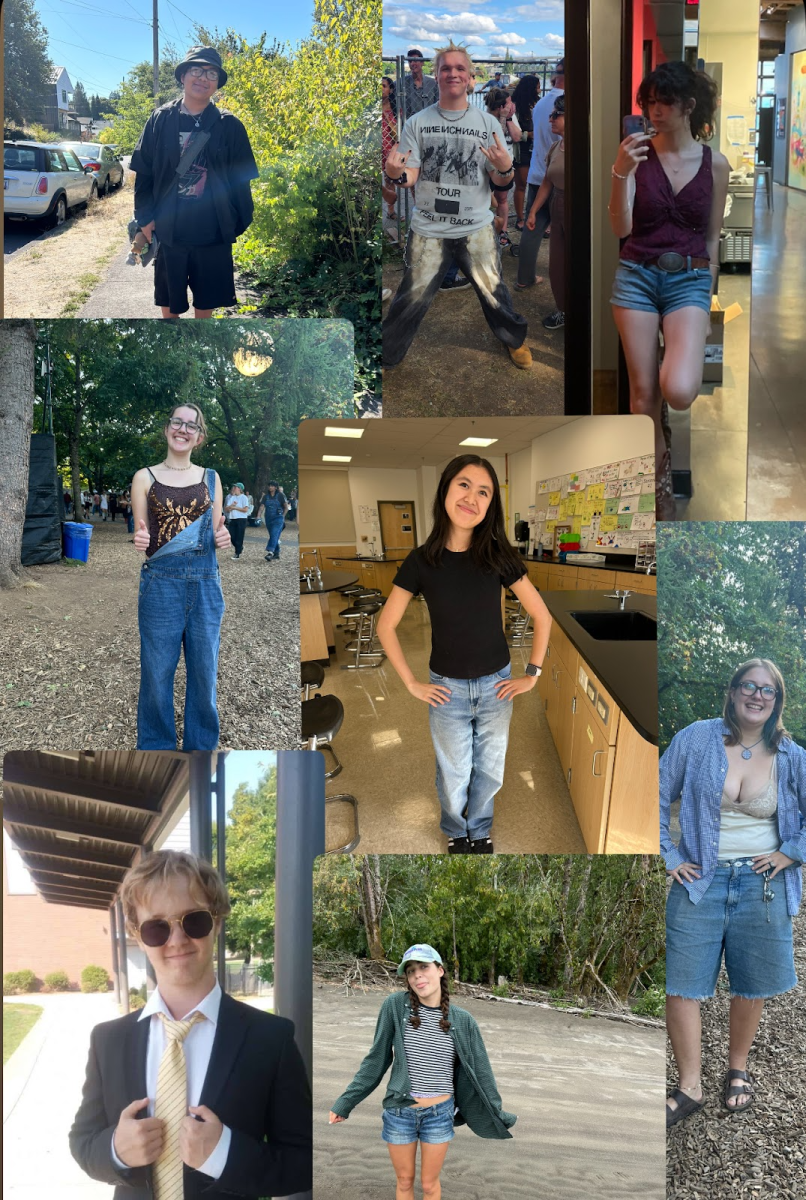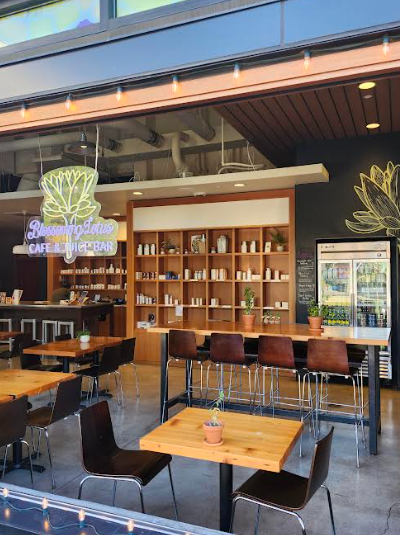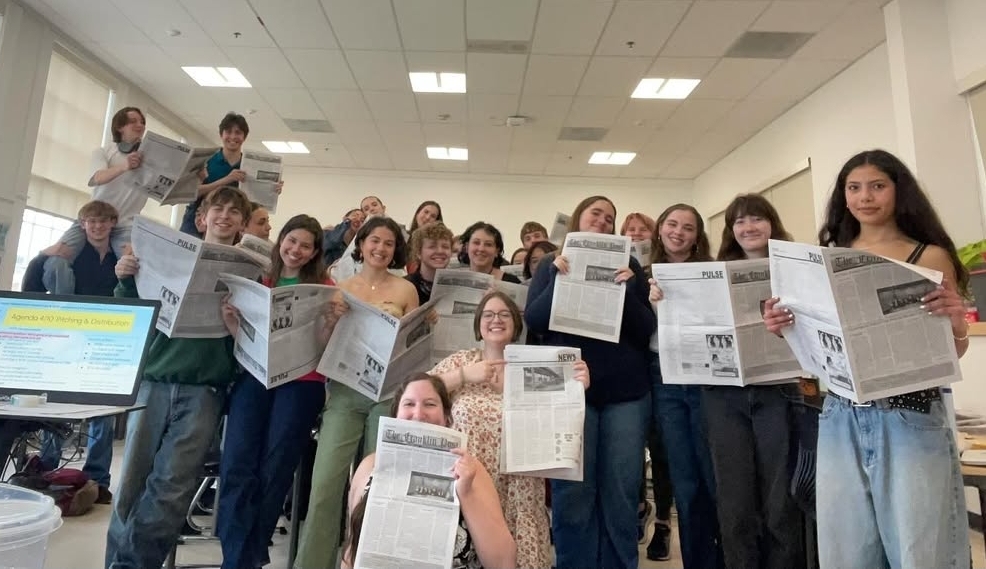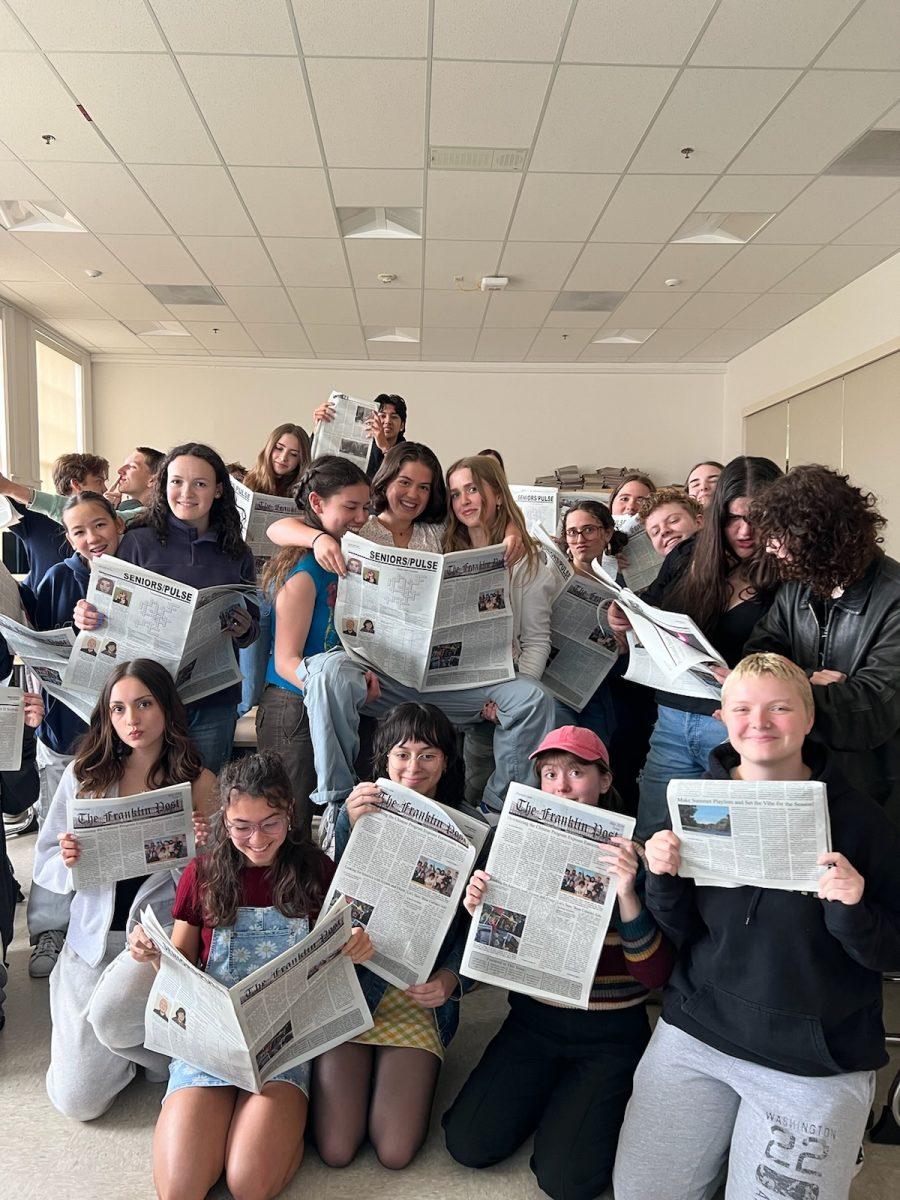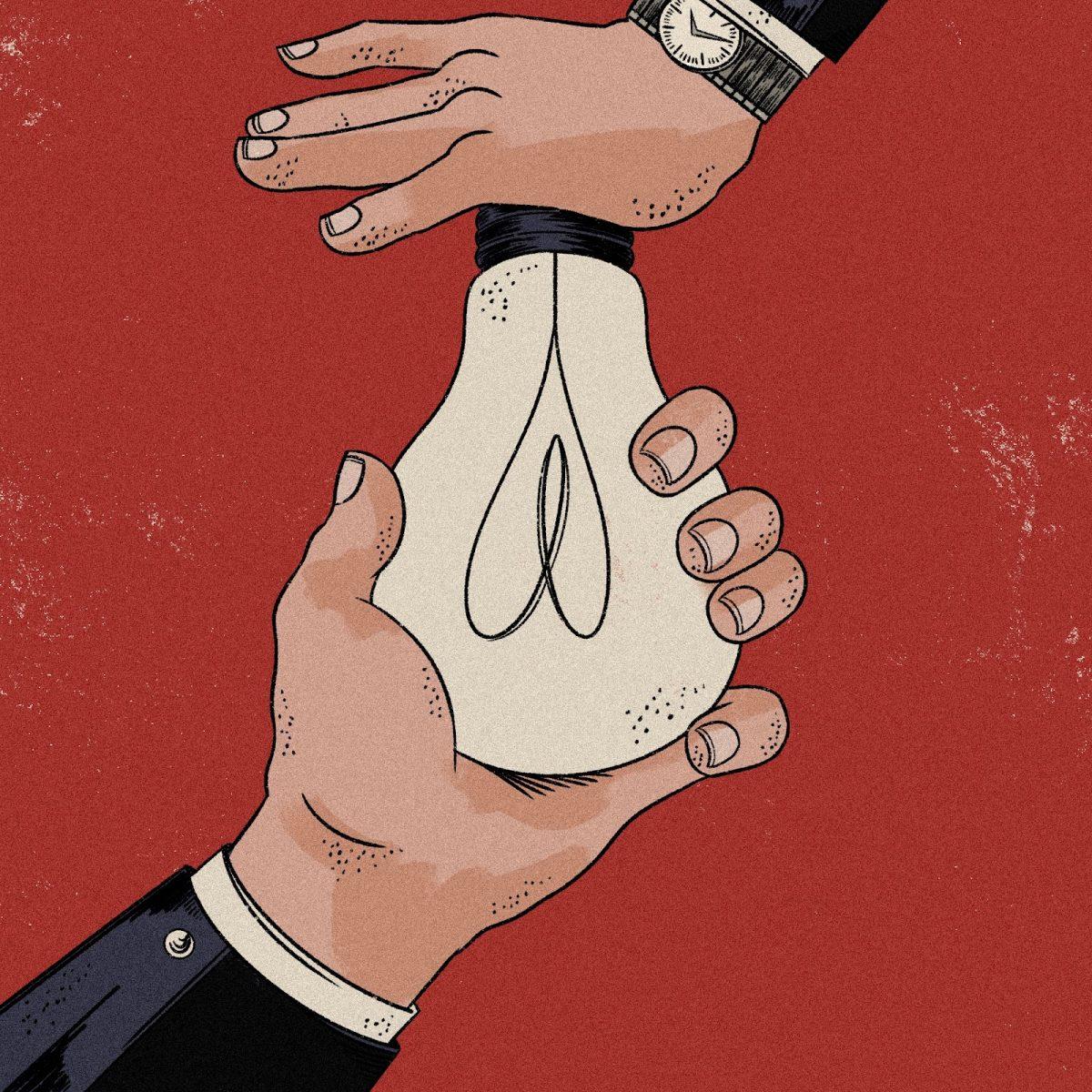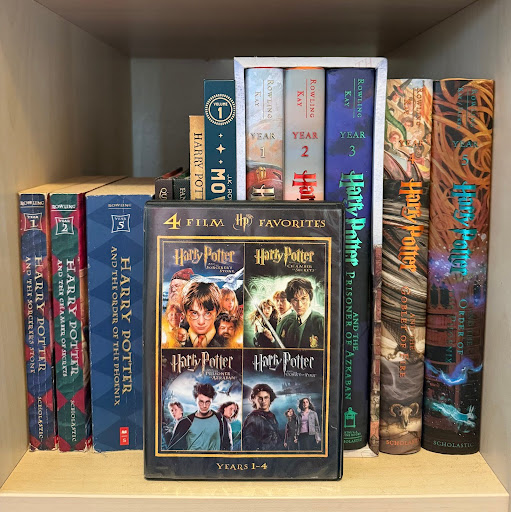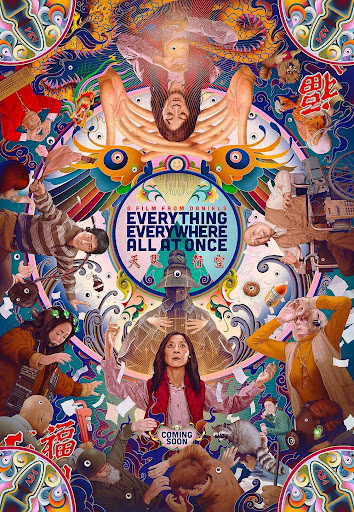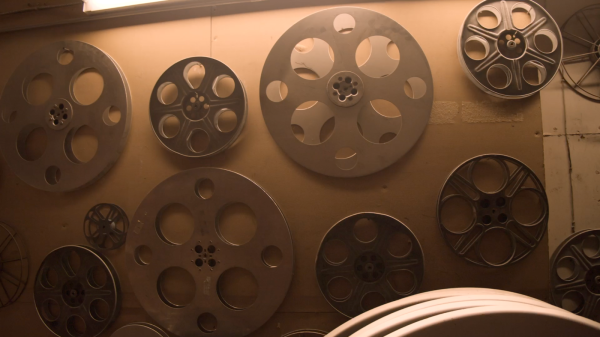
Over the decades, film has evolved into an incredibly versatile art form. What was once a niche, expensive hobby and profession, is now something anyone can pick up and experiment with. Society has created nearly any tool you could ask for to make a feature-length film — typically 80 to 180 minutes long — using just a phone, with the possibility of it looking and sounding as good as or better than some earlier films in Hollywood. This is due to the advancement of common technology, but there is one prominent factor that pushed the transition of the art of film from industry to independent: the shift from film to digital.
The biggest and most obvious difference between the two is that film is physical — you work with it using your hands — and digital is worked with through a screen. Nowadays, it may seem pointless to shoot on film; you have to buy it and you can’t review your footage without going through a lengthy development process, making it a limited resource. With digital you can capture an endless amount of takes, and it can cost next to nothing when using materials you have from home. But in this day and age of movies, there is an unseen and strong push to shoot on film. Matt Parnell, the managing director and head curator for Movie Madness, says, “Physical film provides a certain aesthetic quality that digital cannot really replicate … It’s what our eyes are used to, and I find film to be comforting.” Aside from the visual appeal, there is intention that comes with shooting on film; when hundreds or even thousands of dollars are spent on this valuable resource, filmmakers will naturally put more intention into every shot. Parnell expands, using an example of film photography. “We snap hundreds of [pictures] all of the time, hardly giving much thought to composition because we can take the picture a hundred times and instantly see it and decide what works and what doesn’t,” he says. “With film, decisions need to be more deliberate and thought out.”
On the other hand, digital makes it so nearly anyone can make a movie. “We have a plethora of cameras at all times, everywhere,” says Cadie Godula, a projectionist at the Hollywood Theatre. “And I think that’s really cool, as far as advancing film as an art form,” she adds. While young filmmakers still use digital cameras for their creative endeavors, there is still a push for the warm and grainy look on screen that often comes from shooting on film. This can be replicated using filters and editing techniques, but some claim there is an obvious difference, which has “created this path for people working with 16 mm [film] … because it’s affordable,” remarks Godula. When shooting on film, the width of the actual film strip is measured in millimeters; the higher the millimeter, the better quality, and the more it costs. So, while shooting digital will always be cheaper, 16 mm is significantly more budget-friendly than the previous film industry standard of 35mm or the massive, costly 70 mm which was usually used by films with high budgets or filmmakers with a passion for the high fidelity of one of the largest film formats.
The modern-day filmmaker navigates an abundance of creative options and technical considerations. Matt Cunningham, the technical director at the Hollywood Theatre, says, “Artists should always have the option of expanding their abilities with different approaches.” Therefore, filmmakers should never limit themselves to something new or foreign. Digital has ultimately led to “the democratization of access to creating … I think the art form is expanding and improving in ways no one could have imagined a couple of decades ago,” remarks Cunningham. This sort of rapid expansion can be intimidating, but it’s all about how you view it. Seeing a film on 70 mm can be beautiful, but so can a small budget indie movie shot on digital. There are countless ways to make a movie, and no single approach is wrong. After all, art couldn’t be creative if there were set rules.



